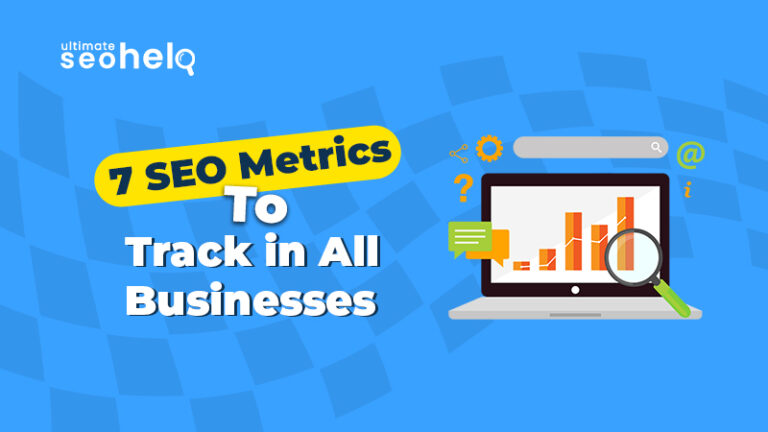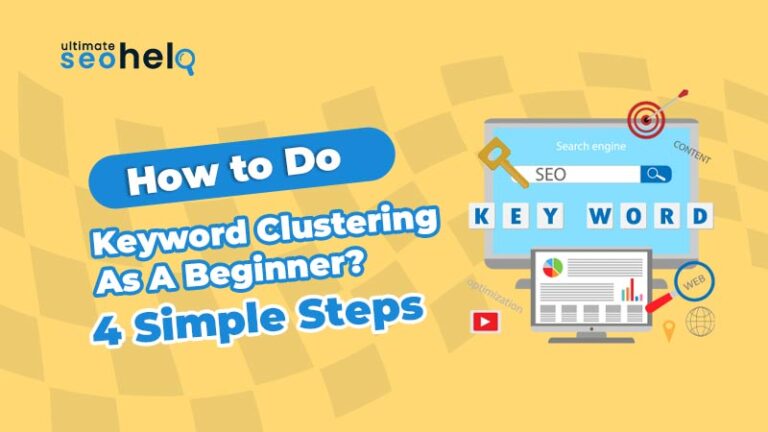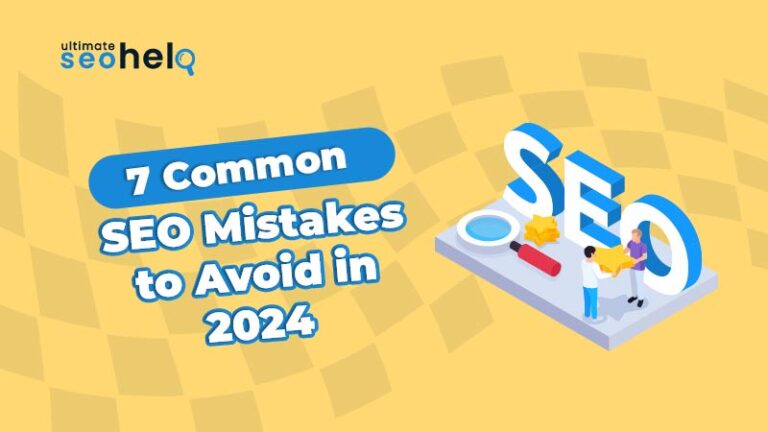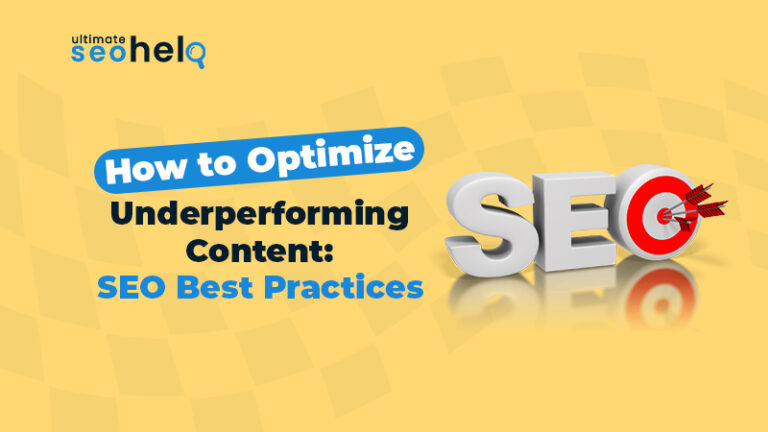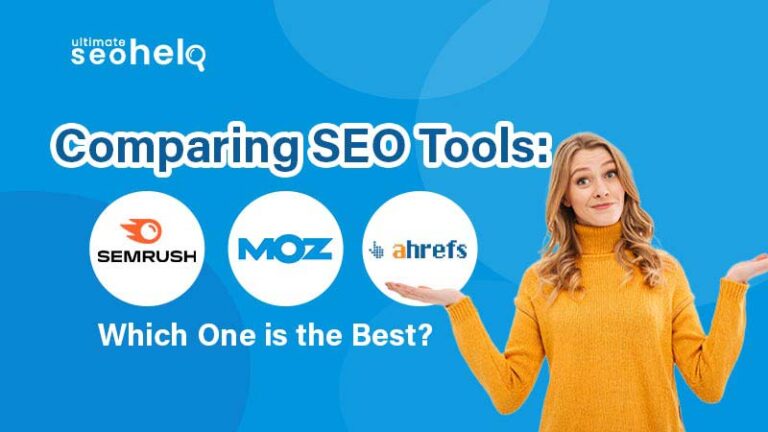Most businesses invest their time and money in SEO, hoping it will bring more visitors and customers. Yet, many struggle to see whether their efforts are really working or not. It can be frustrating to publish content, build links, or optimize pages, only to wonder if it’s making any difference.
However, this problem can be solved through tracking the right SEO metrics. This means by measuring what matters, you can see which parts of your strategy are working and which need adjustment.
This approach helps you avoid focusing on “vanity metrics” numbers that look impressive but don’t contribute to real growth, such as clicks that never turn into leads or traffic that leaves immediately.
However, it could be a challenge to know which SEO metrics to monitor to boost leads and sales. That’s why in this blog, we have highlighted the top 7 SEO metrics that all businesses need to track in 2025. But first, let us understand what SEO metrics are and why they matter in detail.
What are SEO Metrics and Why They Matter?
SEO metrics, also known as Key Performance Indicators (KPIs), are the data sets that show how your website is performing in search engines. They help you understand whether your SEO efforts are bringing results or if changes are needed.
However, it’s important to know that not all metrics are equally important. Some, like the number of page views or social shares, can look impressive but may not actually help your business grow. While they show activity, they don’t measure success in terms of attracting customers, generating leads, or increasing sales. The metrics that truly matter give you insight into your website’s visibility, engagement, and conversion. For example,
- tracking how many people find your site through Google
- how long do they stay
- whether they take the actions you want, like signing up for a newsletter or making a purchase
This will help you see which parts of your SEO strategy are effective.
By focusing on these meaningful metrics, you can:
- Make informed decisions to improve your website
- Adjust your content and marketing based on real results
- Avoid wasting time and effort on actions that don’t drive growth
In short, SEO metrics turn your website data into actionable insights, helping your business grow in a measurable way.
How To Prioritize SEO Metrics?
As we know, not all SEO metrics are equally important for every business. What matters most in these metrics depends on your goals, your website, and your audience. Tracking every possible metric is not ideal, and focusing on the wrong ones can result in wasted effort.
So, here are the ways you can prioritize SEO metrics:
1. Start with Your Business Goals:
Think about what you want your website to achieve. Are you looking to increase sales, get more leads, or grow your newsletter subscribers? Focus on metrics that directly show progress toward these goals.
2. Focus on Metrics that Show Real Impact:
Some metrics look impressive but don’t reflect actual results. For example, a high number of page views doesn’t mean people are buying your product. Prioritize metrics like conversions, organic traffic from relevant keywords, and engagement on key pages.
3. Consider Your Audience:
Different types of visitors behave differently. Track metrics that give insight into how your target audience interacts with your website. Are they staying on pages long enough to read your content? Are they taking the actions you want?
4. Review and Adjust Regularly:
SEO is not a one-time task. Your priorities may change as your business grows or as search engines update their algorithms. Check your key metrics regularly and adjust your focus if some metrics stop contributing to your goals.
By prioritizing metrics this way, you’ll spend your time measuring what matters most, rather than chasing numbers that don’t help your business grow.
Top 7 SEO Metrics to Track In 2025
SEO is vital in driving organic traffic to your website and improving your visibility in search engine results. Without any clear data, you are essentially guessing which actions work and which don’t.
So, to make use of SEO metrics perfectly, let’s go through the seven key metrics every business should track in 2025:
1. Organic Traffic
One of the primary goals of SEO is to increase organic traffic to your website. Tracking the number of visitors who find your site through search engines like Google or Bing will give you insights into the effectiveness of your SEO efforts.
This metric reflects how visible your website is for relevant searches and whether your content is reaching the right audience. High organic traffic indicates that your SEO strategy is driving people to your site.
This is how you can track organic traffic:
-
Google Analytics
: Navigate to Acquisition – All Traffic – Channels – Organic Search to see traffic numbers.
-
Google Search Console:
Provides keyword-specific insights and shows which pages bring traffic from search results.
Here are some ways to improve your organic traffic:
- Research and target high-value keywords with search volume and relevance to your business.
- Create clear, high-quality, and well-structured content that answers users’ questions.
- Refresh older content with updated information and better SEO practices.
For example: A bakery blog noticed that very few people were finding their cupcake recipes. After that, they added clear recipe titles and ingredient lists that matched common search terms like “easy chocolate cupcake recipe.” After this, more people started landing on these recipe pages from Google searches.
2. Keyword Ranking
Keyword ranking shows your website’s position in search engine results for specific terms. Track the rankings of your target keywords and identify the areas where you can optimize your content to improve its rankings. Higher ranking typically led to more clicks and more traffic.
Here’s how you can track your keyword’s ranking:
-
SEMrush / Ahrefs:
Monitor keyword positions and track changes over time.
-
Google Search Console:
See the average position for each keyword and impressions.
Here are some tips to improve your keyword ranking:
- Update your content regularly to maintain relevance.
- Optimize meta titles, headings, and internal linking.
- Use long-tail keywords that have less competition but more intent.
For example: A gardening website tracked the keyword “how to grow tomatoes indoors.” Their page was on the third page of Google. They added step-by-step instructions and images, which helped the page rank on the first page.
3. Conversion Rate
While driving traffic is important, tracking how many visitors convert into customers or take desired actions such as making a purchase, filling out a form, or subscribing to your newsletter on your website is equally essential. Organic traffic alone does not generate results if visitors leave without taking any action.
Here’s how you can track conversion rate:
- Google Analytics Goals: Track form submissions, sign-ups, or purchases.
- E-commerce tracking: Monitor transactions and revenue.
Here are some tips to improve your conversion rate:
- Make your website’s navigation easy for visitors so that they can complete their actions.
- Optimize call-to-action buttons with clear, compelling text.
- Test landing page layouts to see which design converts better.
For example: An online course site had a long registration form with many fields. They shortened it to just three required fields, making it easier for visitors to sign up.
4. Bounce Rate
The bounce rate represents the percentage of visitors who leave your website after viewing only one page. A high bounce rate may indicate that visitors didn’t find what they were looking for or faced a poor user experience. Keeping an eye on your bounce rate and working to improve it can help keep visitors engaged and encourage them to stay longer.
Here’s how you can track your bounce rate:
- Google Analytics: Reports the bounce rate for each page and the overall site.
- Hotjar or Crazy Egg: Use heatmaps and session recordings to see user behavior.
Here are some tips to improve your bounce rate:
- Make content more readable using headings, bullet points, and images.
- Ensure internal linking guides users to other relevant pages.
- Improve page layout and mobile experience to keep visitors engaged.
For example: A travel blog had a post about “Top 10 Places to Visit in Paris,” but visitors were leaving quickly. By adding links to related posts like “Best Cafés in Paris” and “Paris Itinerary Ideas,” users stayed longer and explored multiple pages.
5. Page Load Time
Slow-loading pages often frustrate users and reduce engagement. Users expect fast-loading websites, and search engines prioritize user experience.
Page load time is an important metric because it affects both user satisfaction and search rankings. Regularly test your website’s load time and optimize it to ensure quick and seamless experiences for your visitors.
Here’s how to track page load time:
- Google PageSpeed Insights: Measures loading time and provides recommendations.
- GTmetrix: Offers detailed speed analysis and suggestions.
Here are some tips to improve your page load time:
- Compress images and videos to make files smaller.
- Enable browser caching and minimize unnecessary code or scripts.
- Use a reliable hosting service to improve server response time.
For example: An online furniture store had slow product pages because of large images. After compressing the images and cleaning up extra scripts, the pages loaded faster. This made it easier for customers to browse and shop.
6. Backlinks
Backlinks are links from other websites that direct users to your site. Monitoring your backlink profile helps you understand your website’s authority and relevance in search engines’ eyes. Track the number of backlinks, their quality, and the referring domains to gauge the strength of your off-page SEO efforts.
Here’s how to track the number and quality of backlinks:
- Ahrefs / SEMrush: Check the number and quality of backlinks, anchor text, and referring domains.
- Moz: Provides Domain Authority score and link analysis.
Here are some tips to improve it:
- Create content others want to reference and share.
- Reach out to industry-relevant websites for guest posts or collaborations.
- Monitor backlinks and disavow harmful links if necessary.
For example: A consulting firm created a guide on “Small Business Marketing Tips.” Multiple small business blogs linked to the guide as a reference, helping the firm appear more credible and authoritative.
7. Social Media Engagement
Even though social media doesn’t directly affect SEO, it can boost your online visibility. Keep an eye on likes, comments, shares, and follower growth across social media platforms. Active and engaging content can drive more traffic to your website and increase brand awareness.
Here’s how to track your social media engagement:
- Social Media Analytics: Platforms like Facebook, Instagram, LinkedIn, and Twitter provide engagement metrics.
- Google Analytics: Shows traffic referred from social platforms.
Here are some tips to improve it:
- Share high-quality content consistently and encourage discussion.
- Respond to people who are leaving comments and messages under your social content.
- Use trending topics or hashtags to reach a wider audience.
For example: A food blogger shared a new recipe on Instagram with step-by-step photos and asked their followers to try it and share their results. Many visitors then clicked to see the full recipe on the website and engage with their content.
Conclusion
Though SEO trends may change with time, the metrics that one needs to track to gauge the effectiveness of their marketing efforts will remain the same. So, by focusing on the metrics that truly matter, you can make informed decisions and improve your website’s visibility, engagement, and business outcomes.
Take time to review your current SEO metrics and identify which areas need attention. Audit your website regularly to see what’s working and what can be optimized.

